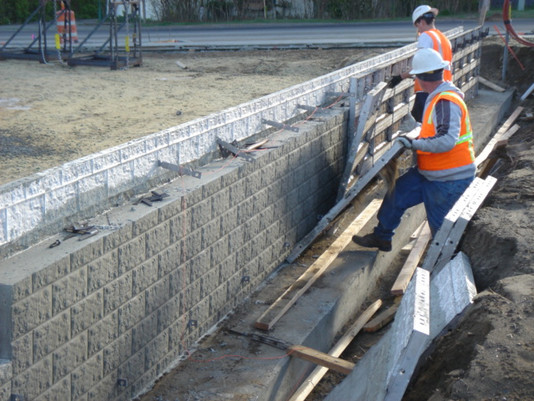A researcher at MIT has devised something that may have a profound impact on the building industry – concrete that can last up to 16,000 years. The so-called “ultra-high-density” concrete is the result of 20 years of research that included examining the material on a nano-scale. By studying the forces that gradually cause concrete to deform (called “concrete creep”), researcher Franz-Josef Ulm identified a new manufacturing process that packs the components of concrete more closely together, resulting in a stronger, more tightly bound and durable material. This discovery could have profound implications on the environment. Concrete is the most widely produced material on earth at over 20 billion tons manufactured annually. According to Ulm, “The thinner the structure, the more sensitive it is to creep, so up until now, we have been unable to build large-scale lightweight, durable concrete structures [but] with this new understanding of concrete, we could produce…light, elegant, strong structures that will require far less material.”
Credit: MIT news




























